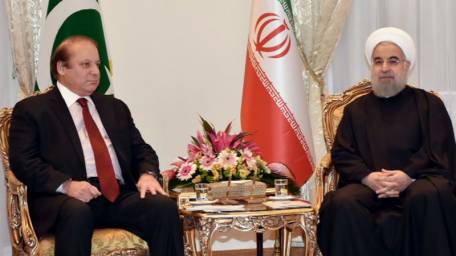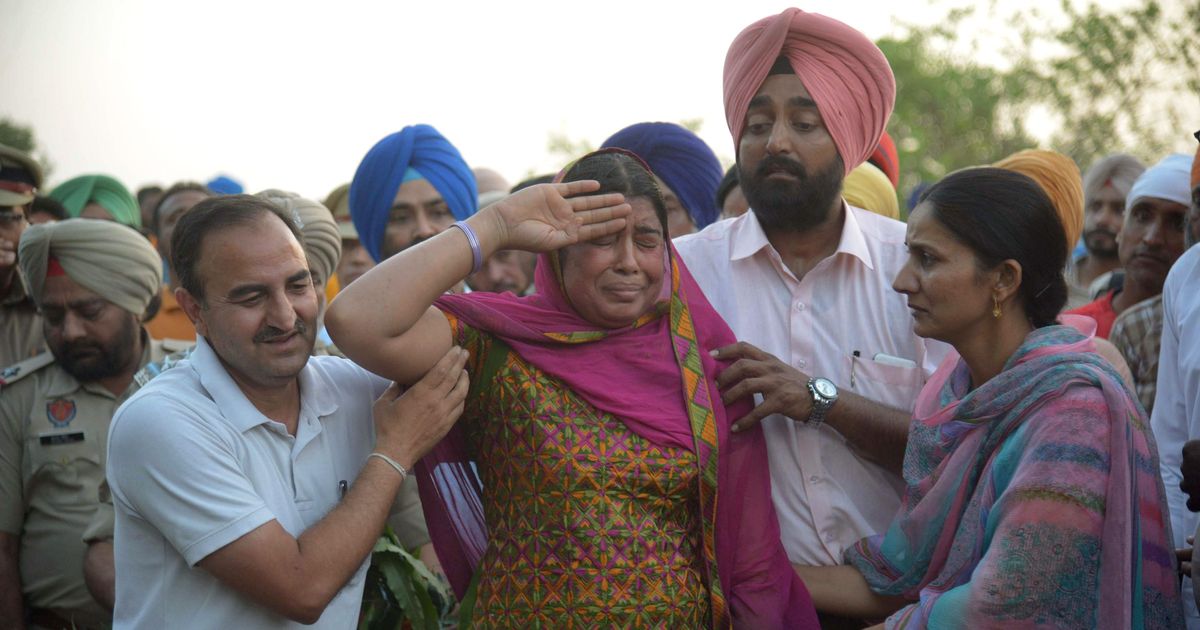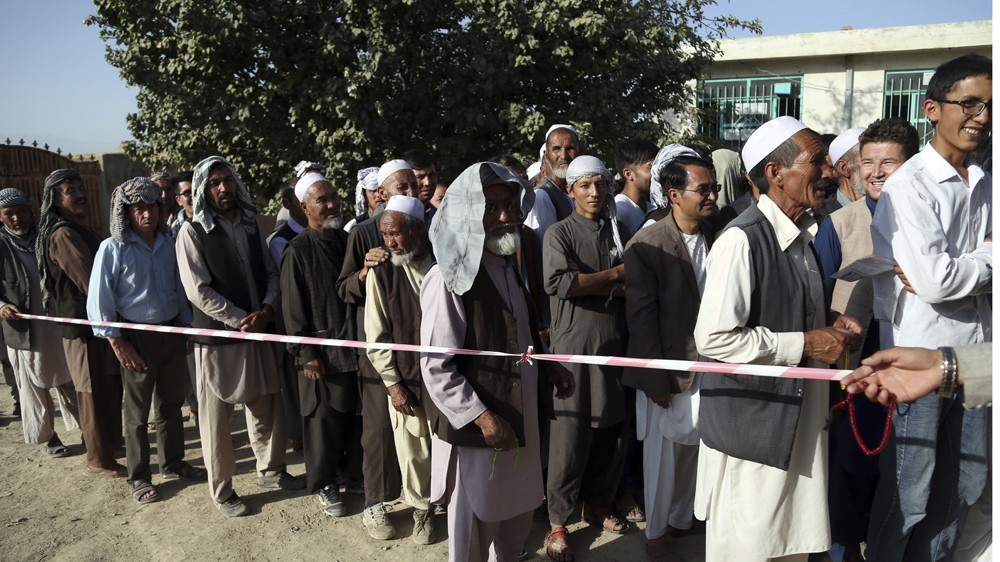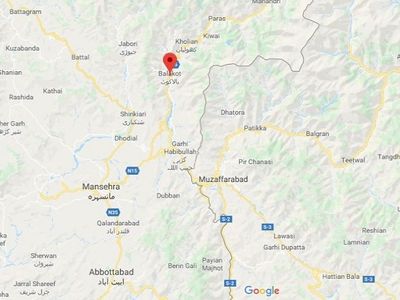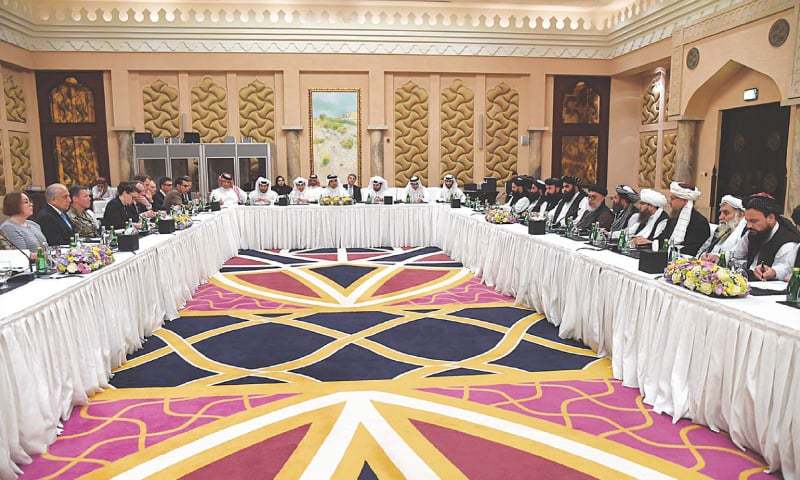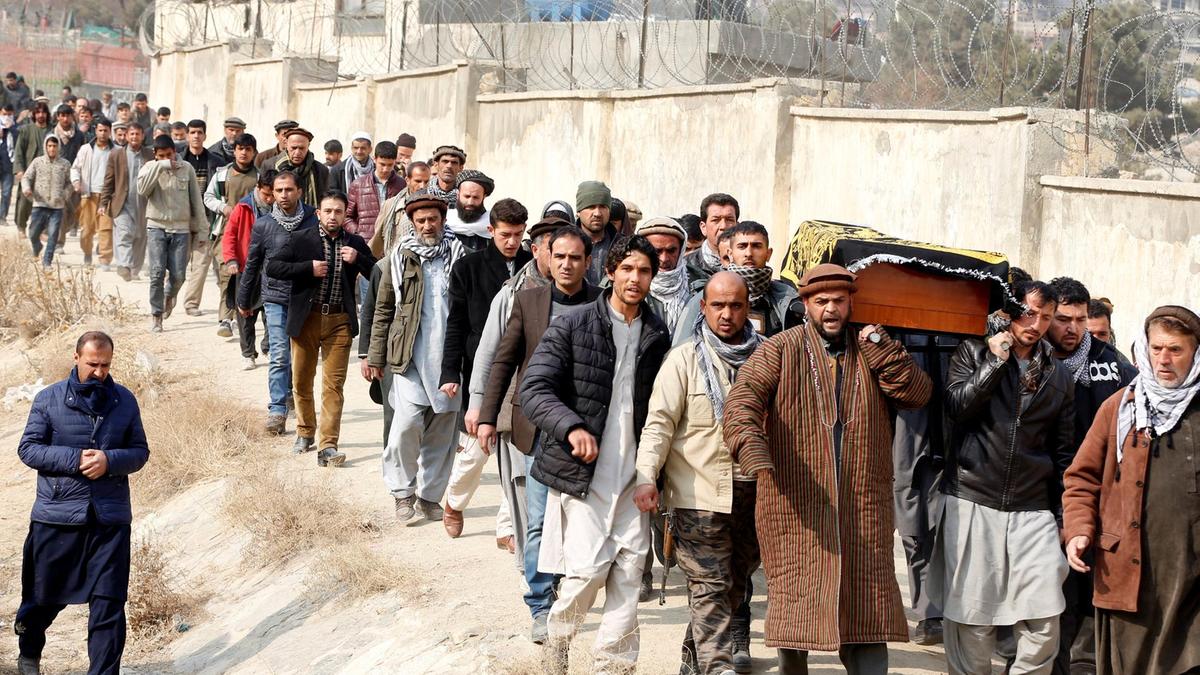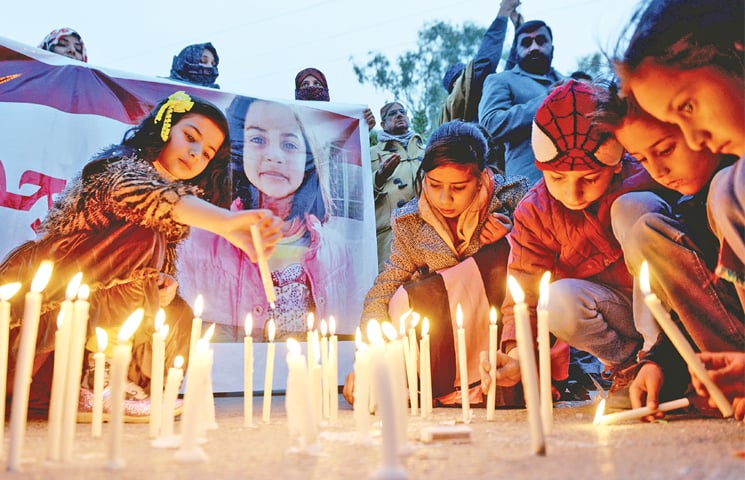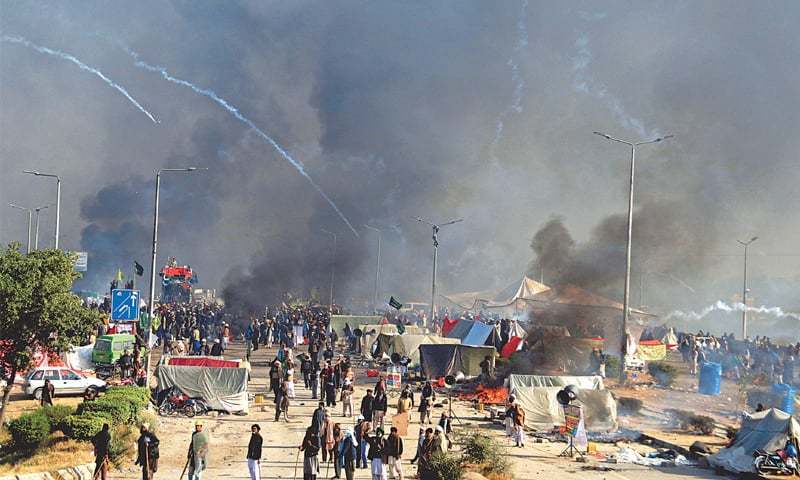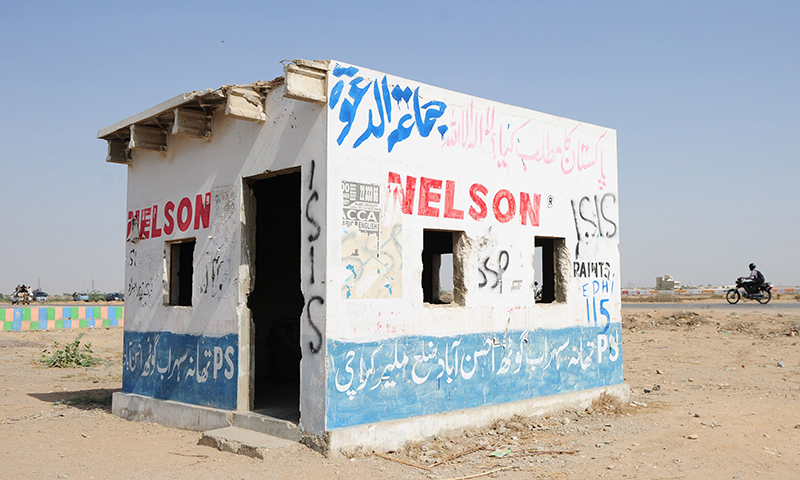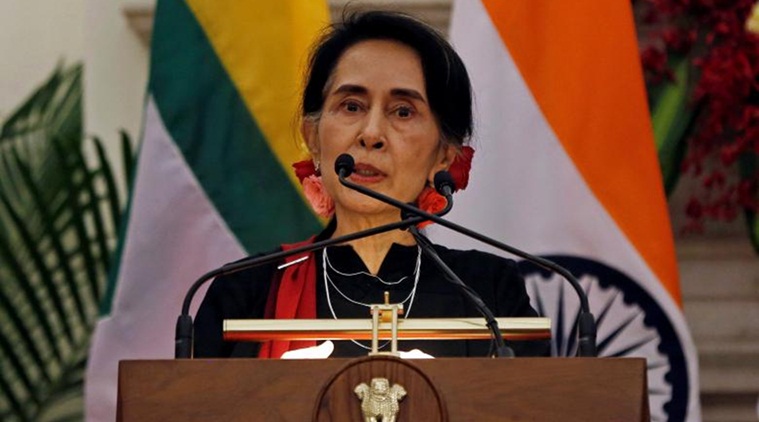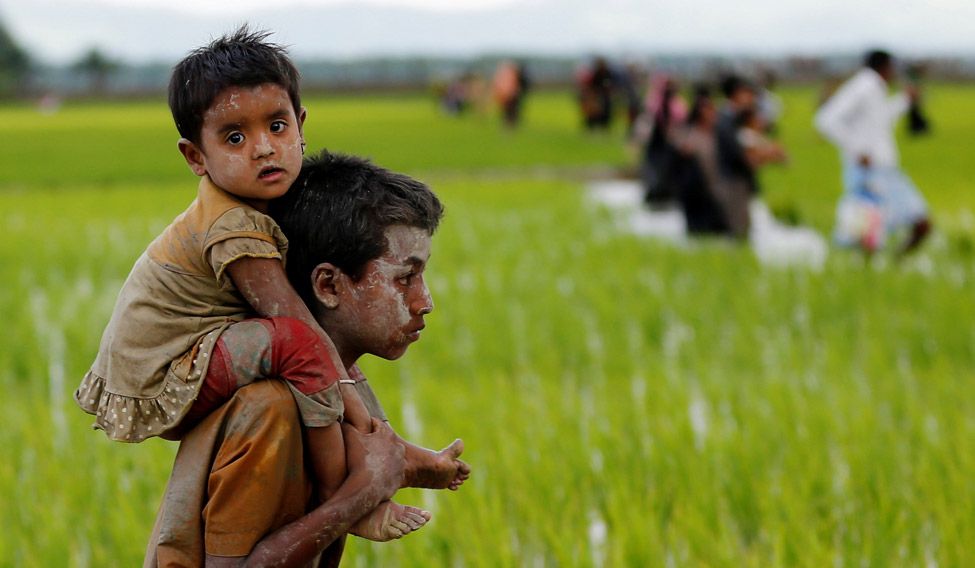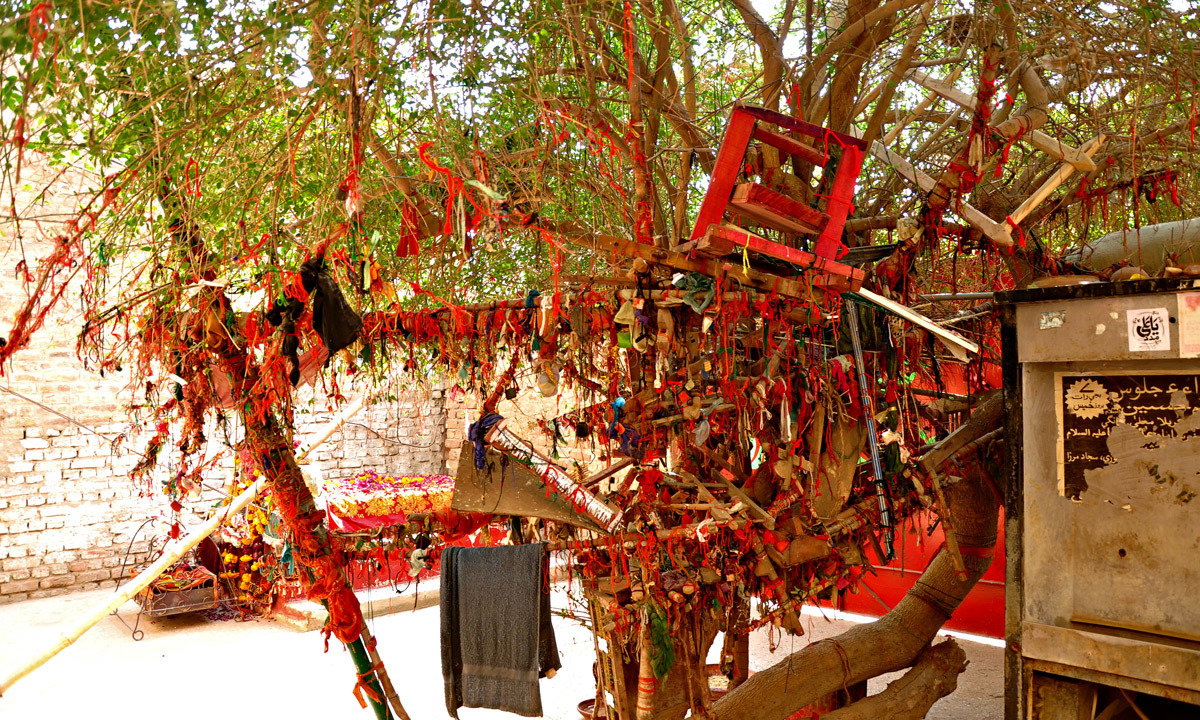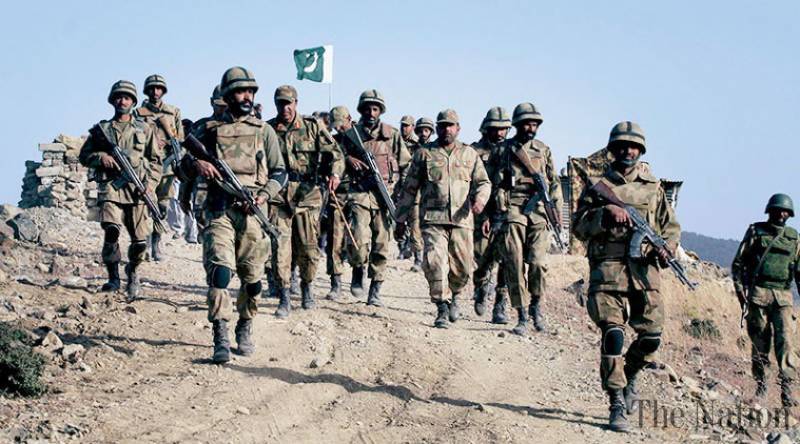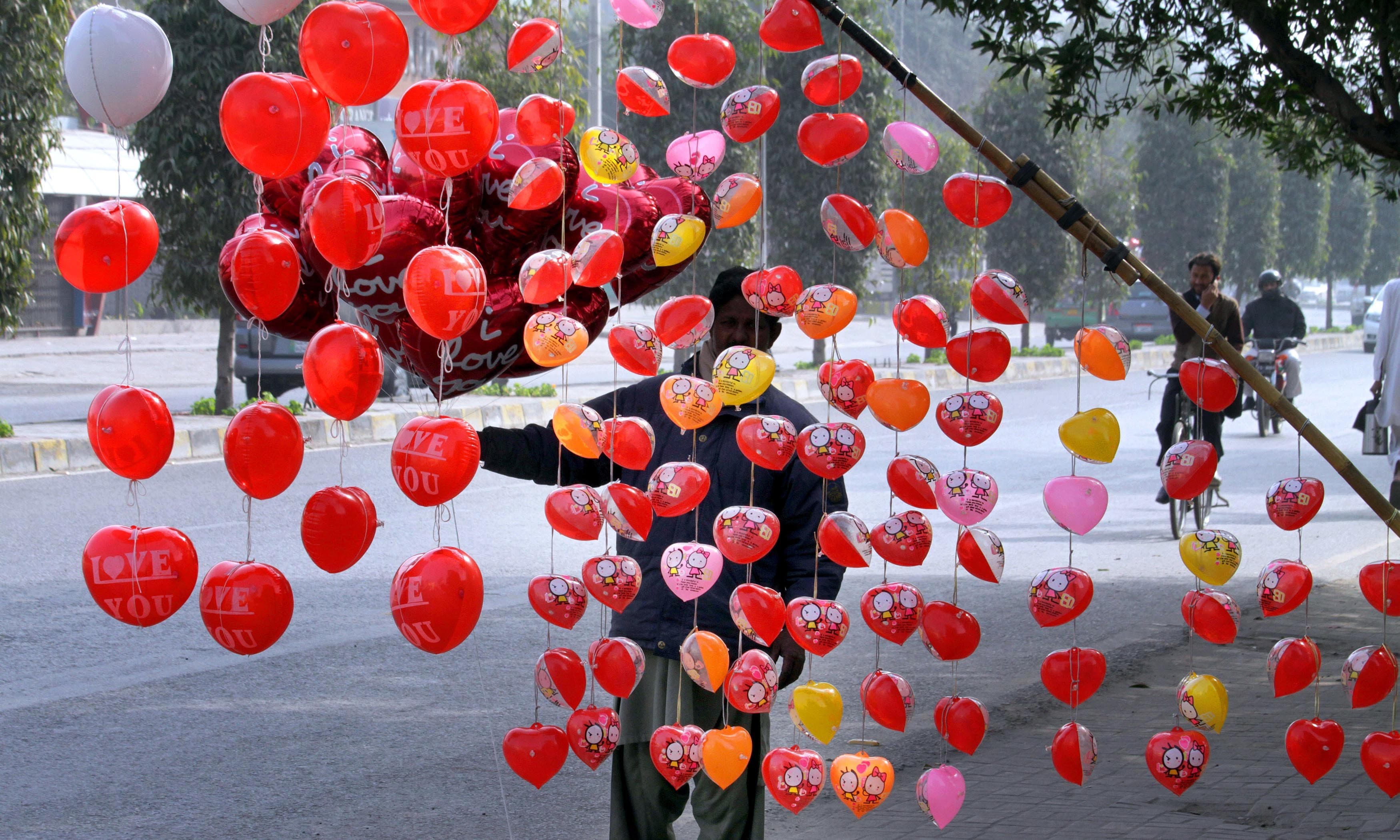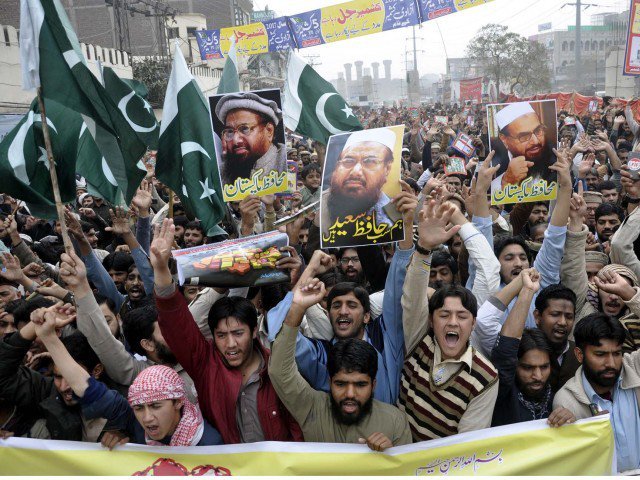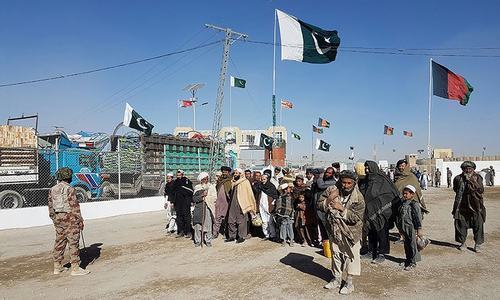CR Analysis
D. Suba Chandran
Professor
International Strategic and Security Studies Programme (ISSSP)
National Institute of Advanced Studies (NIAS), Bangalore
D. Suba Chandran
Professor
International Strategic and Security Studies Programme (ISSSP)
National Institute of Advanced Studies (NIAS), Bangalore
Is Pakistan’s Middle East strategy, and its effort to identify more with its immediate West, especially the Gulf than South Asia under stress today? Are the divide between Iran and Saudi Arabia and the emergence of ISIS impinging directly on Pakistan’s domestic security calculations? Which was would Islamabad (and Rawalpindi) take Pakistan towards? Is there a national consensus on the above questions?
The above are important questions, for they would affect, if not undermine Pakistan’s efforts for the last four decades to move closer towards the Middle East, for obvious ideological reasons. Though Pakistan succeeded in managing a better and positive relationship with most of the Gulf countries, its relationship with Iran remained troubled from the years of Zia. There was a rapprochement between Iran and Pakistan at the bilateral levels over the last few years, but the ongoing crises (in plural) in the Middle East could affect Islamabad’s calculations and even have a cascading effect within.
While Pakistan’s relationship with Saudi Arabia never had the rhetorical hyperbole of “higher than the Himalayas and deeper than the Oceans”, their bilateral relations were stronger and multifaceted than that of the Islamabad-Beijing axis. Unlike with China, Pakistan’s relationship with Saudi Arabia was at different levels – military, political and more importantly the popular. While Pak-China relations until recently were more strategic, Pak-Saudi relations covered multiple spheres – ideological, economic and political. It is no secret that the successive political (and at times even the military) leaders in Pakistan looked up to the Saudi rulers for patronage.
At a popular level, the number of daily flights between the different cities in Pakistan to Saudi Arabia would reveal the strength of movement of the people. Though this movement was primarily one sided, with more Pakistani (men in particular) visiting/working in Saudi Arabia (and in rest of the Gulf), from the other side (from Saudi Arabia) there was a different movement into Pakistan. According to a 2015 report, remittances from Saudi Arabia during the first three quarters of 2014-15 were the largest amounting to 4 billion USD; a comparison of remittances from other countries (1.8 billion USD from the United States and 1.6 billion USD from the United Kingdom) will reveal economic the impact of Saudi Arabia at a popular level. For most of the rural families in Sindh and Punjab, the Gulf countries are not only the source of economic upliftment, but also a climb on the social ladder, thanks to the Gulf money and its local fallouts. (One could observe a similar pattern in Surankote and Mendhar regions of Poonch district in J&K as well).
In terms of numbers, on a comparative note, the number of Saudi visitors to Pakistan when compared to those from Pakistan to the former is minimal, if not insignificant. However, there was a steady ideological push along with economic incentives to spread a particular version of Islam (read Salafi/Wahabi) from Saudi Arabia into Pakistan, even at the cost of the existing Sufi Islam. The new mosques especially in rural Sindh and Punjab are led by this inward movement at ideological level from Saudi Arabia, substantially impinging the nature of local Islam.
Developments at the State levels in Middle East, especially in the Saudi Arabia-Yemen-Iran triangle in the recent months and their implications for Pakistan will have to be interpreted, keeping the above in mind. Three developments in particular are of importance; the execution of a Shia cleric in Saudi Arabia and its fallouts on Saudi-Iran relations (January 2016), formation of an anti terrorism alliance of 34 Muslim countries led by Saudi Arabia (December 2015), and the direct Saudi led intervention in Yemen (2015).
Pakistan has successfully resisted so far having its boots on the conflict ground in Yemen, despite repeated requests. Saudi Arabia’s foreign minister was in Islamabad few days before and earlier a senior official from the Saudi Defence ministry also had visited Pakistan and met with Gen Sharif. Clearly there is a pressure on Pakistan. Even while making a brave statement to defend the territorial integrity of Saudi Arabia, Islamabad backed off from any discussion on having its boots in Yemen.
It is no secret today that both Iran and Saudi Arabia are fighting directly for the supremacy of the region. While the Sunni-Shia ideological schism is importantand also is a driving factor, the struggle for political supremacy in the region seems to supersede other religious calculations. And both Iran and Saudi Arabia are using their proxies under different schemes.
So, which side will Pakistan swing? Or perhaps, the larger question should be – will Pakistan swing? There seems to be a national consensus as could be seen from the numerous editorials and commentaries in the local media that Pakistan should remain neutral. During the early weeks in the Yemen intervention, the Parliament in Pakistan also reached an understanding to keep away from the crisis there. Though it appears sensible decision, there are also enormous pressures on Pakistan from the different Gulf countries (to take a clear side). A Kuwait daily was reported to have the following in its editorial during the early weeks of Yemen intervention in 2015: “The Gulf Cooperation Council (GCC) countries do not need Pakistan. In fact, Pakistan needs them in various areas. The GCC can defend its security, particularly following the alliance with other countries such as Jordan and Egypt. Pakistan needs to look carefully at the Iranian plots, especially its attempt to scare the world with its military capabilities.”
Pakistan-Iran relations, and the delicate Shia-Sunni equations within Pakistan seems to be an immediate factor in taking a decisive action on the Gulf coalition led by Saudi Arabia. Any formal approval and overt involvement in the Saudi led alliance will result in rupturing the Iran-Pakistan relations. This would further affect Pakistan’s calculations in Balochistan and more importantly on its strategic port in the Makran coast abutting Iran – Gwadar. While the recent months have witnessed some positive developments within Balochistan in terms of decline in violence and meetings with the Baloch separatists, rupturing of Pak-Iran relations have the potential to disrupt this. Even more important for Pakistan is peace in Gwadar, for it is linked with the 46 billion USD project of creating China-Pakistan Economic Corridor (CPEC), linking Gwadar with Kashgar and also the East-West Corridor that China is building across mainland China, Central Asia and Russia into Europe.
Furthermore, a hostile Iran means an increased Shia-Sunni faultine within Pakistan. Pakistan cannot afford any of the above due to bad relations with Iran, as it would undermine domestic sectarian peace and the Chinese investments, thereby the larger economy.
